Just wanted to post that e few months ago I decided to upgrade out of the old Sta-Rite single stage pump and filter that came with the house I purchased. Took me about 8 hours to remove the old pump and filter and install the new one. But that included expanding the cement platforms they were on. So far it's been great. I programmed the pump on a schedule and let it do it's thing. The Pipeline filter is much more convenient to open and close. Wish it was a higher surface area filter but even if I have to do more frequent cleanings it should go much faster. I placed a PVC shutoff valve at the filters output and directed it towards the closest storm drain. Should make cleaning a breeze compared to the old Sta-Rite.
Here are some before and after pictures:
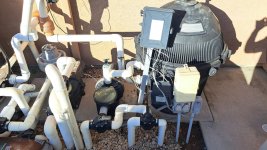
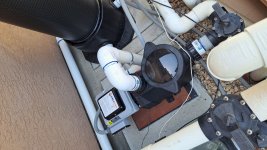
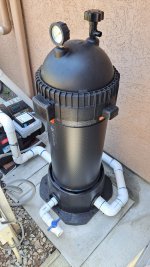
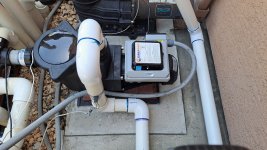
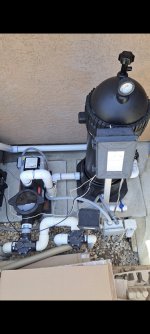
Here are some before and after pictures:






